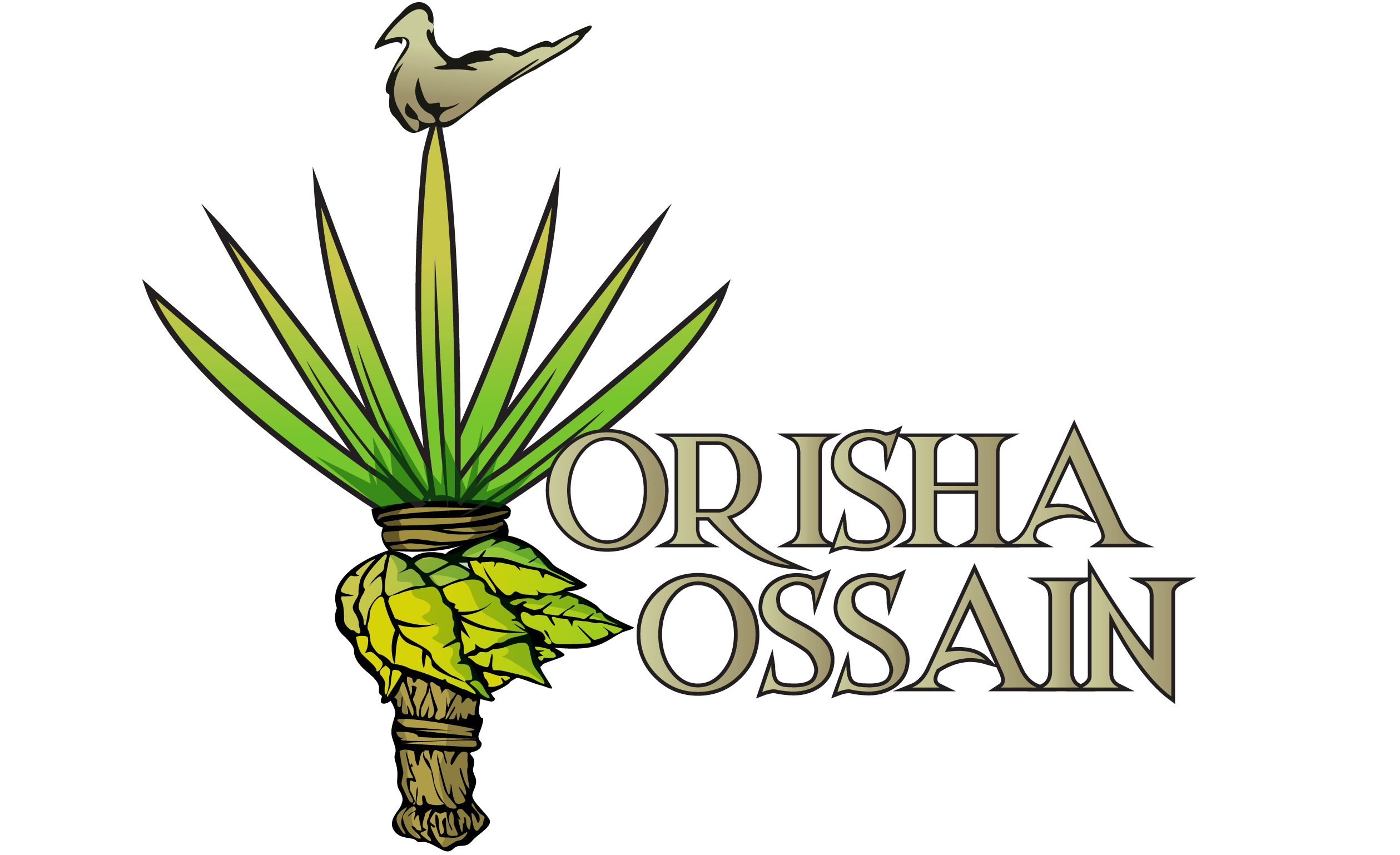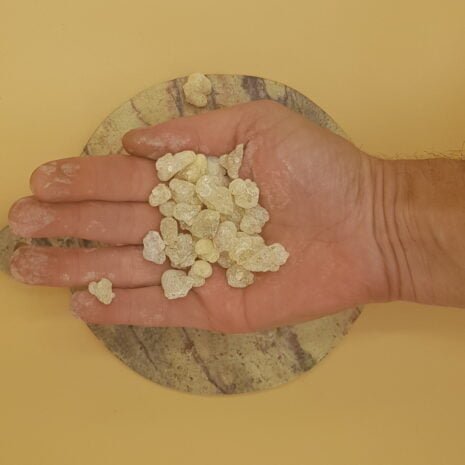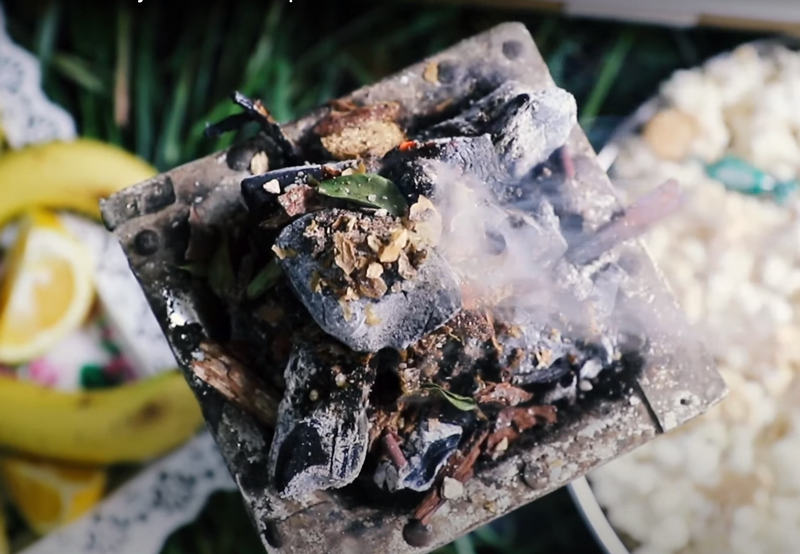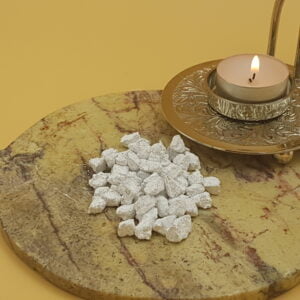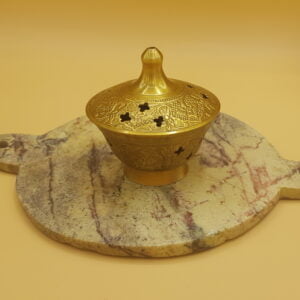Clear Hojari Frankincense
From: $8.52
This is a batch of clear Hojari Frankeninsence. This is considered grade II. Medium-sized pieces of Hojari resin with a clear translucent appearance and green hue.
Clear Hojari Frankincense
Clear Hojari incense resin is the second highest grade of Frankincense from Oman. It is a frankincense resin that is known for its medicinal and spiritual properties.
It’s fine balsamic, slightly lemony scent when incense is indeed a special experience and differs significantly from what I know from the incense I used to be familiar with. It is also said that green hojari has a relaxing, concentration-enhancing effect.
Clear Hojari frankincense is burned on special occasions for deep relaxation and meditation. It exudes a delicate aroma of citrus fruits, refreshing notes of conifers and mint, clarifying thoughts and uplifting the spirit. Traditionally, this high-quality resin has been used by the people of Oman for thousands of years in folk medicine, primarily by chewing gum. According to them, frankincense resin strengthens teeth and gums, helps digestion, gives a fresh and pleasant smell, and absorbs all the harmonizing properties of frankincense.
Royal Hojari Incense
Since ancient times the best Franeknincense in the world has come from southern Oman, bordering Yemen. Here was the starting point for the famous incense road. This very fine and traditional balsamic-scented frankincense from the Dhofar Mountains releases intensive aromas due to its high content of essential oils.
This high-quality incense Royal Hojari is produced under the best-growing conditions for incense in the world. This high-quality incense comes in various quality grades. Its colors vary from whitish, yellow, amber, and various shades of brown.
The even more exotic and rare white-green-gray or pure white pieces are often completely bought out by Arab traders, so to have these highest qualities of incense available in the West is quite rare. I am lucky to have a contact who exports it directly to me from Oman.
For ages, frankincense has been used for consecration, blessing, cleansing, and protection. The fragrance of Royal Hojari is sweet and heavy and creates an atmosphere of clarity, purity, and tranquility. It is stimulating yet relaxing. The smoke also dissipates negative energy between people in a room.
Royal Hojari History and Uses
Hojari Frankincense is considered the world’s best incense and its historical use goes back for millennia. It’s said that one of the three kings in the Christian Christmas story came from Oman to Bethlehem and brought Frankincense as a precious gift.
Hojari Frankincense is used on social occasions, used in the manufacture of medicines, fragrances, powders, perfumes, and candles as well as in halls of worship around the world. In Oman, the smoke is used to perfume clothes, while it also disinfects. It is chewed to freshen breath and prevent colds and is good for digestion.
Frankincense connects Omani urban life to their heritage, to nature, and to spiritual life. At the Sultan Qaboos Grand Mosque, high-quality frankincense burns in the underground air-conditioning plant, and its scent floats over shelves holding Korans and into the men’s hall that has space for six thousand worshipers.
“To smell good in the mosque is a sign of respect for your religion and fellow man,”
“It prepares your little soul to meet the big soul.”
It’s fine balsamic, slightly lemony scent when incense is indeed an experience and differs significantly from what is generally known from the Christian liturgy today. It is also said to have a relaxing, concentration-enhancing effect.
The Boswellia Sacra Tree
Boswellia sacra (also frankincense and olibanum tree) is a tree in the Burseraceae family, which is the primary tree in the genus Boswellia from which frankincense (a resinous dried sap) is harvested.
The hardy Boswellia sacra tree thrives in the inhospitable terrain of Oman’s southern province of Dhofar. The value of frankincense resin is determined by its color, clump size, and oil concentration. The most valuable grade, known as royal Hojari, comes from a narrow, dry microclimate belt of the Dhofar Mountains just beyond the reach of the summer monsoon that blankets the tip of the Arabian Peninsula in mist.
The Boswellia tree, which produces the frankincense resin gum, is found not only in southern Arabia but also in Somalia and India. But of the 25 or so species of Boswellia, the one generally agreed to produce the finest frankincense is Boswellia sacra, which grows exclusively in Dhofar and, to a lesser extent, in the al-Mahrah and Hadhramaut regions of Yemen.
Resin Harvesting
The harvest, of the trees located on the coastal plain is done from the end of March to June, approximately. For those located behind the Dhofar mountain (desert area), the resin is picked from April to September. As soon as the temperatures start to rise, the frankincense gatherers cut the Boswellia trees using a manqaf (a traditional Arabic tool like a miniature scythe).
The first ‘cut’ is called the tawqii and consists of paring off the outer bark of the branches and trunk. This causes a milky-white liquid to ooze from the tree which quickly solidifies and is left in this condition for 14 days or so. The second ‘cut’ called “white incense”, which follows this period, produces resin of inferior quality and the real harvest begins two weeks after the second ‘cut’. With this third ‘cut’ the tree produces frankincense resin of a yellowish color. “Brown incense” is harvested only on the coastal plain after winter incisions.
Different types of resin also form on one tree and even more so on different trees.
That depends on:
- Location of the wound on the tree
- sun exposure
- Age of the tree
- Nutrients at the site
- Microclimate at the site
- Seasonal climate, such as humidity and temperature
- Inclusions in the resin of sand, bark
- Size of the resin pieces due to different resin flow
- Some of the resin pieces can also fall on the ground and are still collected
Chemical Composition
These are some of the chemical compounds present in frankincense:
- Acid resin (6%), soluble in alcohol and having the formula C20H32O4
- Gum (similar to gum arabic) 30–36%
- 3-acetyl-beta-boswellic acid
- Aalpha-boswellic acid
- Incensole acetate, C21H34O3
- Phellandrene
Psychoactivity of Frankincense
Not so long ago (2008) The Federation of American Societies for Experimental Biology publicized its preliminary findings that inhaling burning Frankincense has anti-depressant properties.
This publication can be found here.
A very detailed blog about Hojai frankincense can be found here.
UNESCO World Heritage
Frankincense is still an important commodity in Oman and has been a UNESCO World Heritage Site since 2000. More information about this subject can be found here
The offered incense is to be used only for burning. It must be pointed out that information from the description that addresses the effects of the smoke is not backed up scientifically. These notes come from the traditional customs of the Omanis.
A doctor’s advice should be sought before using medicinally. For the proper use and dosage, the buyer is responsible.
